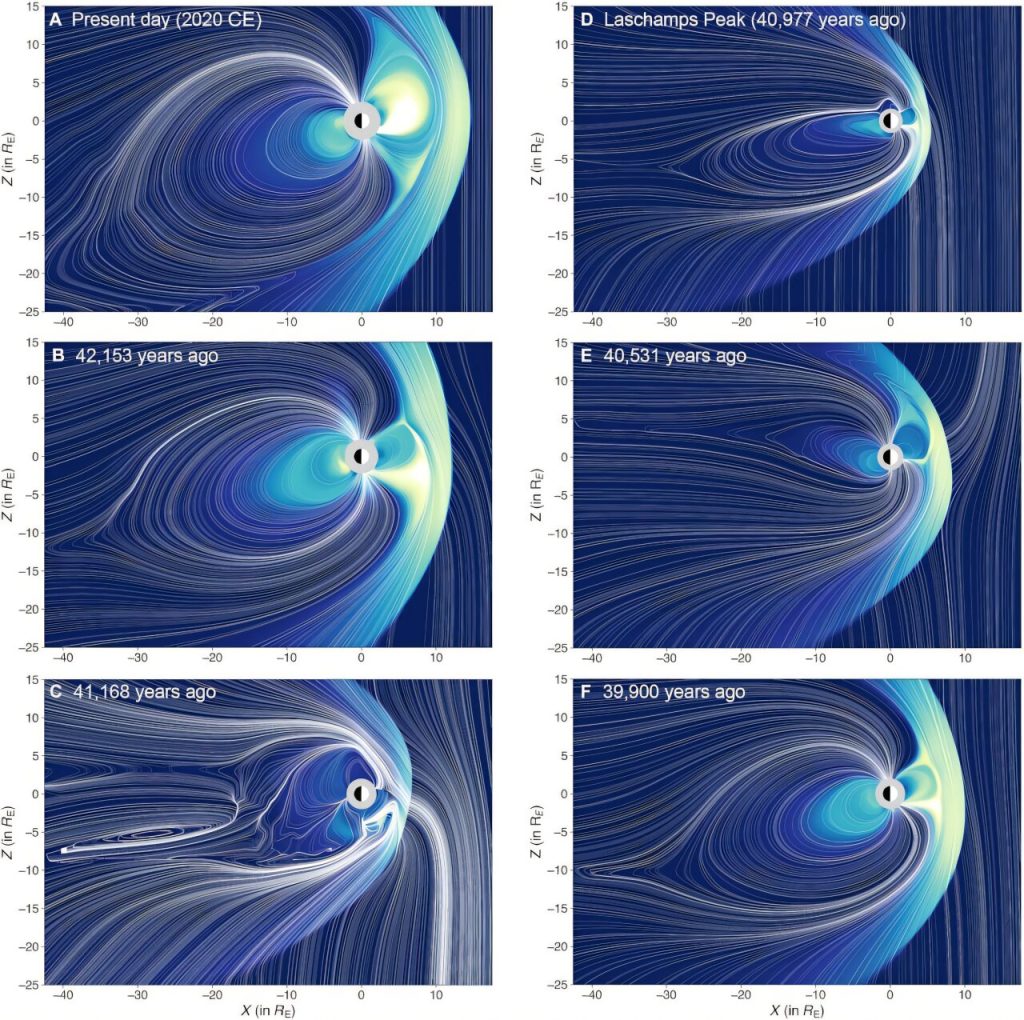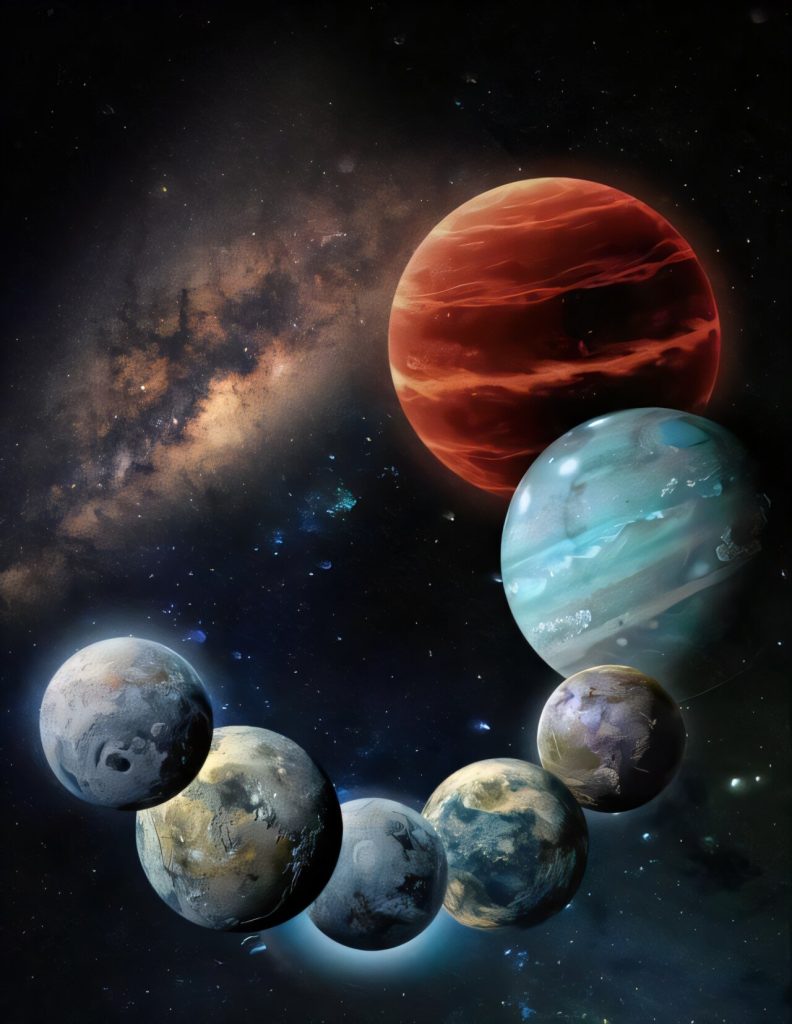Imagine peering through the hazy clouds of Mars to catch a glimpse of a majestic volcano peeking back at you. This article takes you on a delightful journey where science and wonder collide, showcasing NASA’s remarkable 2001 Mars Odyssey orbiter and its latest breathtaking discovery of the ancient volcano, Arsia Mons.

On a serene morning on Mars, the 2001 Mars Odyssey orbiter captured a stunning sight of Arsia Mons, one of the Red Planet’s largest volcanoes. This magnificent peak is part of the Tharsis Montes, a trio of towering volcanoes often shrouded in beautiful clouds, especially at dawn. But this time, the view was extraordinary—it marked the first time a volcano has been seen on Mars’s horizon, reminiscent of how astronauts might glimpse Earth from the International Space Station.
Launched in 2001, the Odyssey mission has become a beacon of knowledge about Mars, earning the title of the longest-running mission to orbit another planet. The latest panorama comes from a shift in perspective that began in 2023 when Odyssey began capturing stunning horizon images. By rotating 90 degrees mid-orbit, this remarkable spacecraft can take pictures that reveal Martian dust and layers of mesmerizing water ice clouds.
“We’re noticing significant seasonal transformations in these images,” says planetary scientist Michael D. Smith, who is part of the team analyzing this data. “It gives us brand-new insights into the evolution of Mars’s atmosphere.” Understanding Mars’s unique cloud patterns is crucial for deciphering the planet’s weather systems, such as the dramatic dust storms that can sweep across its surface.

Volcanic Giants
While these horizon images focus on the upper atmosphere, they also reveal fascinating surface features. In fact, Arsia Mons towers at a staggering 12 miles (20 kilometers), making it roughly double the height of Earth’s tallest volcano, Mauna Loa!
Situated as the southernmost volcano in the Tharsis range, Arsia Mons bears the title of the cloudiest of the three. The clouds here form due to air flowing up the volcano’s flanks and cooling abruptly. During a time known as aphelion, when Mars is far from the sun, these clouds become especially dense, creating a stunning equatorial cloud belt that Odyssey captured beautifully.
“We aimed to get a shot of the summit peeking through those early morning clouds, and it didn’t disappoint,” shares Jonathon Hill, the operations lead for Odyssey’s Thermal Emission Imaging System (THEMIS).
This extraordinary camera enables scientists to explore Mars in both visible and infrared light, revealing hidden subsurface water ice that could be critical for future missions. It also allows for the examination of Martian moons, Phobos and Deimos, helping to unveil their secrets.
Through the lens of the 2001 Mars Odyssey orbiter, we continue to unlock the mysteries of our neighboring planet, celebrating each new discovery as we dream of what lies beyond our own world.
If you would like to see similar science posts like this, click here & share this article with your friends!



